How to grow vegies and make your own yoghurt, oat milk, vinegar, pickles
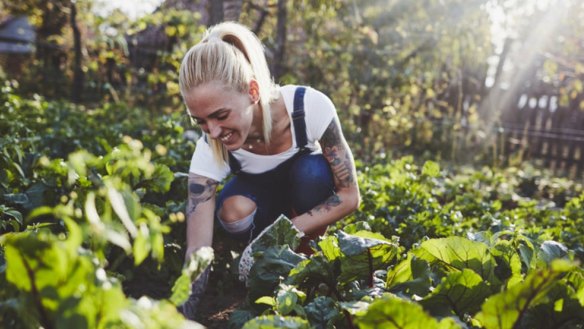
If being stuck with our own company for months on end has taught us anything, it's that we'll do just about anything to keep ourselves occupied, furiously scrambling to fill that great big COVID-shaped void.
On the home-cooking front, plenty of it has been positive. The Good Food team has been discovering skills we never knew we had, from making our own oat milk and yoghurt, to drying our own teas.
Most importantly, we've made a big effort to use existing household items rather than buy anything new. Join the DIY revolution.
Grow your own
Aussies went from panic buying loo rolls to panic buying vegie seeds. Here's how to sow your own and grow your own so you can eat your own later.
One of the biggest obsessions to come out of the current world order is a passion for gardening. Perhaps it's a greater yearning for connectivity and a sense of control in an otherwise uncontrollable situation, but whatever the motivation, it's been incredibly hard to buy seedlings, let alone seeds. Heirloom seed company Eden had a one-month hiatus from its website just so they could fill their orders, such was the demand for kale.
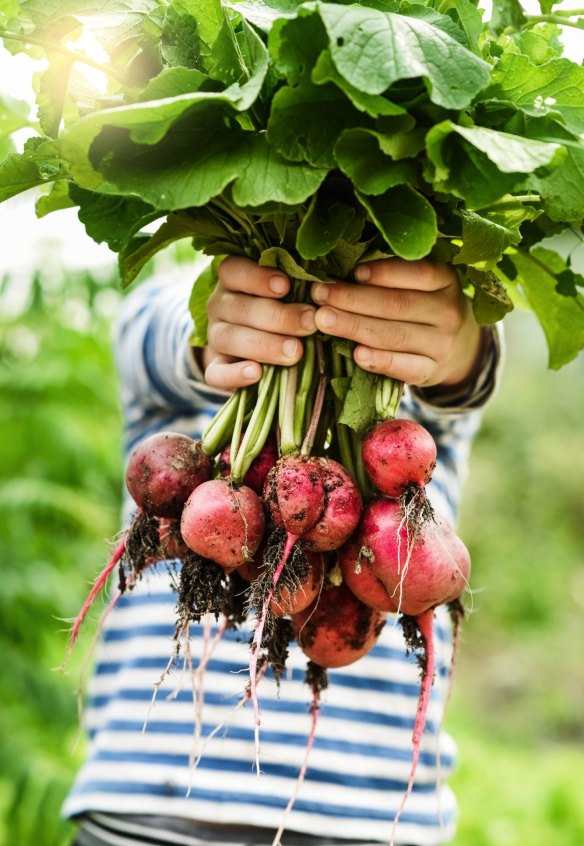
When it comes to seedlings, Jordan Sly from Wormticklers Nursery in Sydney has seen people becoming more engaged with getting their hands dirty in recent years. And now the world has an excess of time to devote to it, business has boomed.
"There is an interest and it has been building but [COVID-19] has been a turning point," he says.
"It's one of those wonderful things that has happened for a bad reason. It gets people outside, gets people learning skills and growing food. It's all positive stuff. I mean, people will stay with it. They'll learn how to do it, and make a few mistakes and power on."
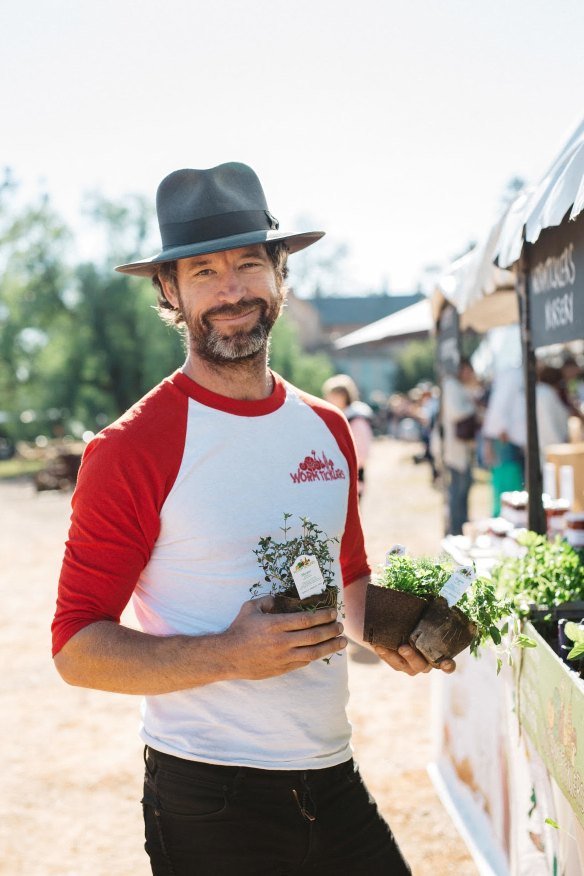
The professional gardener says there's no such thing as great, store-bought dirt – you have to make it yourself. That's the ultimate DIY gardening power move right there.
"You have to build good soil over time by adding compost to the organic mix you buy from the shops."
Sly, who splits his time between his two nurseries in Kenthurst and Byron Bay, doesn't believe in black thumbs.
He reckons people who are not successful gardeners are just not engaged enough. "Begin slowly and stage your planting. That means not planting all of your seeds at once. Just don't freak out."
Jordan's tips for first-time gardeners
Keep it simple
It's such a cliche, but really. Get yourself some pots and make sure you get your soil mix right – we like to mix organic potting mix from the nursery and then add to it some mushroom compost, manure, and lots of mulch. You've got to mulch every pot. Pay attention to the seasonal planting information on the back of seed packets.
Think of your space
Plant big things at the back, and smaller things at the front – companion plants and flowers. Think about where the morning sun is, where the afternoon sun is and give everything as much sun as you can. If you're growing in pots, move your pots around with the sun.
If you want to eat vegetables you've grown yourself in winter, you need to be planting right now
Snow peas and spinach, radishes, rocket, shallots, bok choy, chards, lettuce, rocket and silverbeet are all easy to grow, and it's the perfect time to plant them.
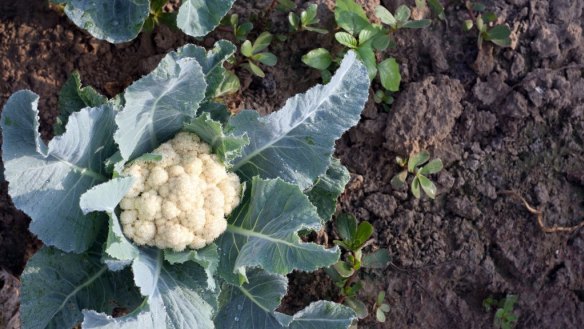
Seed hack!
Do the simple things right. Use fresh seed, keep it refrigerated. Plant often, and if it's older than three years, throw it out.
Scrap hack!
On Instagram recently, chef David Chang posted an old trick his mother-in-law uses, of cutting the top off a plastic drink bottle, filling the bottom with water and placing the ends of spring onions in it. With the roots of the spring onion in water, fresh green shoots sprout from the old. The website Don't Waste The Crumbs lists plenty of things that can be grown in a little bit of water in your kitchen if the original root is attached. Try growing your own celery, lemongrass, lettuces, bok choy, fennel, witlof, garlic chives and leeks. Just remember to change the water every few days so you don't start a slime colony.
Watering hack!
Put your discarded banana skins in your watering can, and steep overnight – banana "tea" is full of nitrates and brilliant for your plants. Also, if you're saving your grey water and "someone" happens to relieve themselves in the shower, tomatoes love it and rats hate it.
Make your own…

Vinegar
Making your own vinegar is part science, part patience.
This activity relies heavily on the idea that you have any wine left over at the end of the night (seriously, who does?). But think of this as a good solution for when you've opened something truly undrinkable.
Rather than throw it down the drain and lament, pour it into a sterilised, non-reactive vessel along with a decent amount of unfiltered raw vinegar (if you hopped on the drinking vinegar trend of a few years back, you'll no doubt have a bottle of Braggs apple cider vinegar stashed in the back of the cupboard). You can also buy a vinegar mother via the internet if you really want to commit.
Use about half a cup of vinegar to one-and-a-half cups of wine (white wine for white vinegar, red wine for red vinegar). Give it all a stir, cover with muslin or a clean, dry tea towel, secure with a rubber band and store somewhere cool and dark.
Check on it and stir every few days, and don't panic when it starts to smell unspeakable. There will be a point (one to two weeks) that it starts to smell and taste just like store-bought vinegar. At this point, siphon most of it off into a sterilised bottle and label it. The leftovers are now your mother to use the next time you open an awful bottle of red or white.
Myffy Rigby
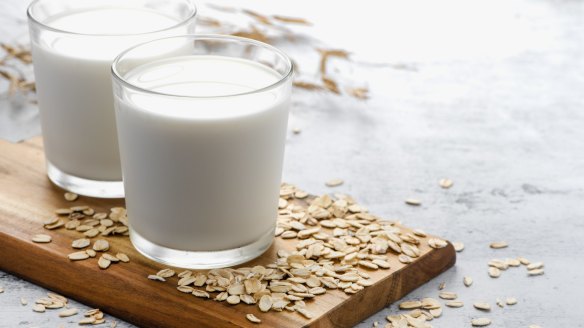
Oat milk
Everything you need to make this dairy-free milk is in your pantry.
In what is essentially a two-ingredient recipe, making your own oat milk is so easy you'll be wondering why it took a pandemic to force you to make it yourself at home.
Add 1 cup of rolled oats and 4 cups of water to your blender (add 1 teaspoon of maple syrup and pinch of salt for extra flavour), then blend on high for 40 seconds. Don't blend the milk any longer as it can create a slimy texture.
Strain the mixture into a 1-litre container (I used a nylon tea sock strainer, but you can also use muslin cloth, an old clean T-shirt or even a fine mesh strainer at a pinch).
It'll last about five days in the fridge, and next time experiment by adding a date, vanilla extract or your favourite spices.
Eloise Basuki
Japanese pickles
Here's how to make cucumber tamari-zuke for beginners.
So it turns out pickling is actually a proper life skill, and not just some Portlandian gag. Sydney cooking teacher Keiko Ikeda of Japanese provedore Soramame shares an easy recipe for making cucumber tamari-zuke anyone can follow. Her method skips the usual artificial additives, and the result is stored in the fridge so no special sterilising is required.
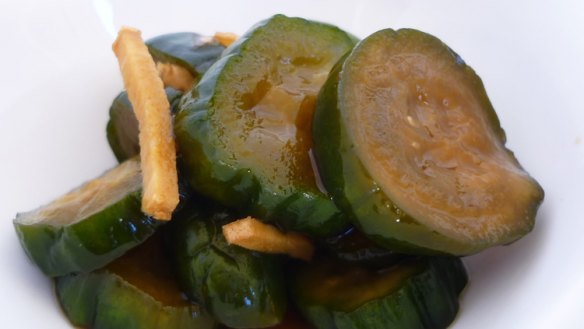
Cut 8 baby cucumbers into 3mm slices and massage with a pinch of sea salt. Rest for 15-30 minutes and squeeze out/wipe away excess water.
To make the pickling liquid, mix 2 pieces of ginger (finely sliced), 100ml tamari or shoyu, 50ml mirin, 25ml brown rice vinegar, 15ml maple syrup and ¼ teaspoon dried chilli flakes in a pot and bring to the boil, then simmer for 3 seconds. (If you're having trouble finding tamari, soy sauce makes an acceptable substitute, Ikeda says. Likewise, brown rice vinegar can be swapped for any cooking vinegar, and if mirin is unavailable, add an extra 15ml maple syrup.)
Remove from the heat, add the cucumber, then gently mix and cool, and store in the fridge for up to five days. Eat as a snack or side dish, or with rice or ramen – pretty much any way you like, really.
Megan Johnston
Yoghurt
Making yoghurt is easy and cheap as chips.
Your nanna was right and we've all been had. As with vinegar making, you simply need to add a live culture into fresh milk (or even powdered) and it will create your next batch. Where do you get this magical culture? In any jar of natural yoghurt – just check that it contains live bacteria and your jar isn't too old.
Warm one litre of milk to 40 degrees or baby bottle temperature (warm, not hot, or it will kill the bacteria) and whisk in a large tablespoon of natural yoghurt.
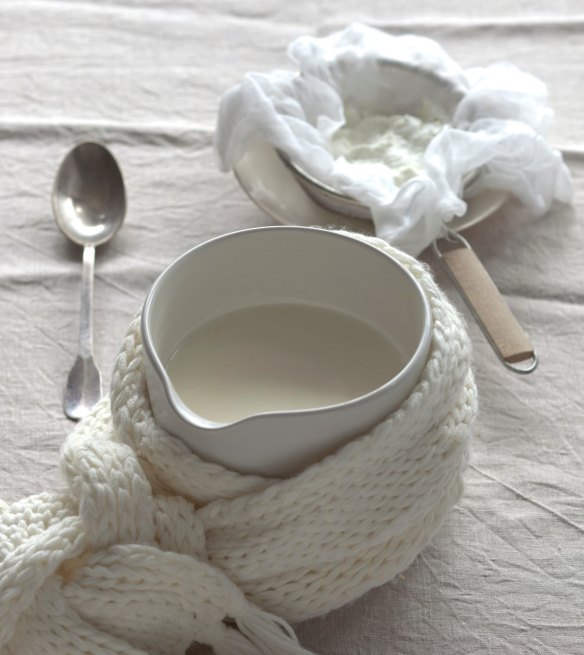
The key is then keeping it at around 40 degrees for four to six hours. Commercial yoghurt makers and dehydrators will keep an even temperature, but you can improvise by pouring the warm liquid into a thermos and bundling it in cloths. Or wrap your jar in a towel, and place in an esky surrounded by hot water bottles. Whatever keeps it cosy. When you're getting close to the end of the jar, take the last tablespoon, and make your next batch.
Vegan? Coconut yoghurt is a heck of a lot cheaper to make than buy, but it's trickier to tame. To stop it from splitting into its water and fat components, look for coconut cream that has thickeners in its ingredients, as these emulsify your liquid (keep it blended together). Or add your own by putting in a teaspoonful of guar gum (available from health food stores) into your warmed liquid.
To keep it vegan, add in the powder from three probiotic capsules (making sure these don't contain any other supplements) per 400ml can of coconut cream and sit in a warm place as above. It mightn't perceptibly thicken as much as dairy yoghurt, but it will firm up when chilled.
Gemima Cody
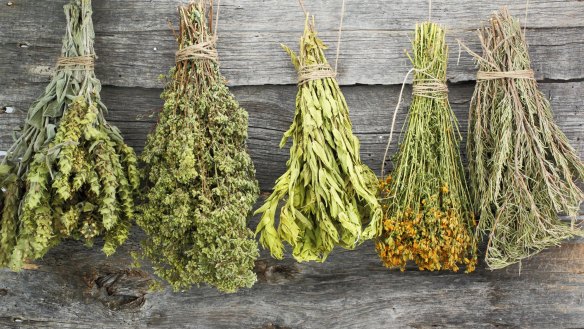
Dried herbs
Don't bother with packet herbs – dry your own for more flavour.
Got an excess of mint taking over your garden? There's an easy solution: cut the stalks, bunch them together with a bit of string and hang the mint to dry in a warm, sunny spot in the house – instant mint tea.
Oregano and thyme also marching across the garden bed? If you dry out bunches of both, you have DIY za'atar.
Dried rosemary is a bit of a buzzkill if you have the fresh gear at hand, but you can cut it back and dry it out to use to throw over an open flame barbecue at a later date to perfume your fire. Or sprinkle the dried needles through your dough and make rosemary-scented bread.
Appears in these collections
The best recipes from Australia's leading chefs straight to your inbox.
Sign up